Space has a way of defying expectations. Every time NASA sends a spacecraft beyond Earth’s bounds, it opens the door to new mysteries. Whether it’s odd signals from distant galaxies, bizarre planetary landscapes, or cosmic events we never predicted, these discoveries have rewritten textbooks and inspired further exploration.Each mission is a reminder that the cosmos is full of surprises—some breathtaking, some baffling, but all pushing the boundaries of human knowledge. Join us as we revisit fifteen moments when NASA stumbled upon the truly unexpected.
1. The Face on Mars

In 1976, NASA’s Viking 1 orbiter snapped a photo of the Martian surface that sent imaginations soaring. The image showed a landform eerily resembling a human face, complete with eyes, nose, and mouth. Speculation about ancient civilizations ran wild, fueled by the uncanny likeness. However, when NASA later captured higher-resolution images, the “face” was revealed to be just a natural mesa—a classic case of pareidolia, where our minds see familiar shapes in random patterns. Still, the Face on Mars remains an iconic example of space-induced wonder.
2. Water Plumes on Enceladus
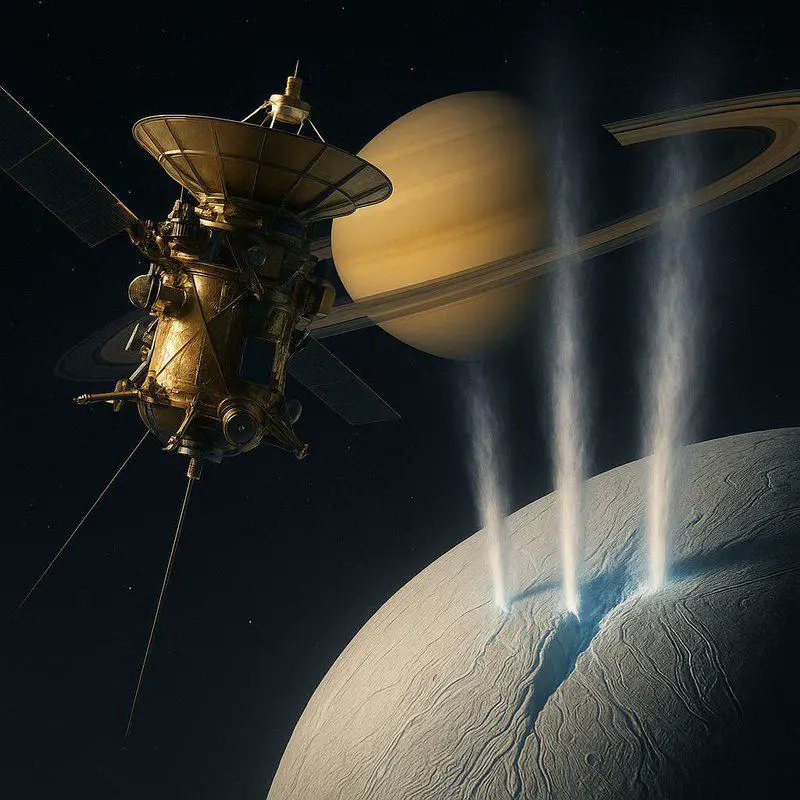
The Cassini spacecraft made a stunning discovery while exploring Saturn’s icy moon, Enceladus. It detected colossal geysers—jets of water vapor—erupting from cracks near the moon’s south pole. This observation hinted at a vast, hidden ocean beneath the ice, raising hopes about Enceladus harboring the conditions necessary for life. These plumes even allowed Cassini to sample the moon’s interior without landing on its surface. Enceladus quickly became a top contender in the search for extraterrestrial life. Learn more about the Enceladus discoveries.
3. The Hexagon on Saturn
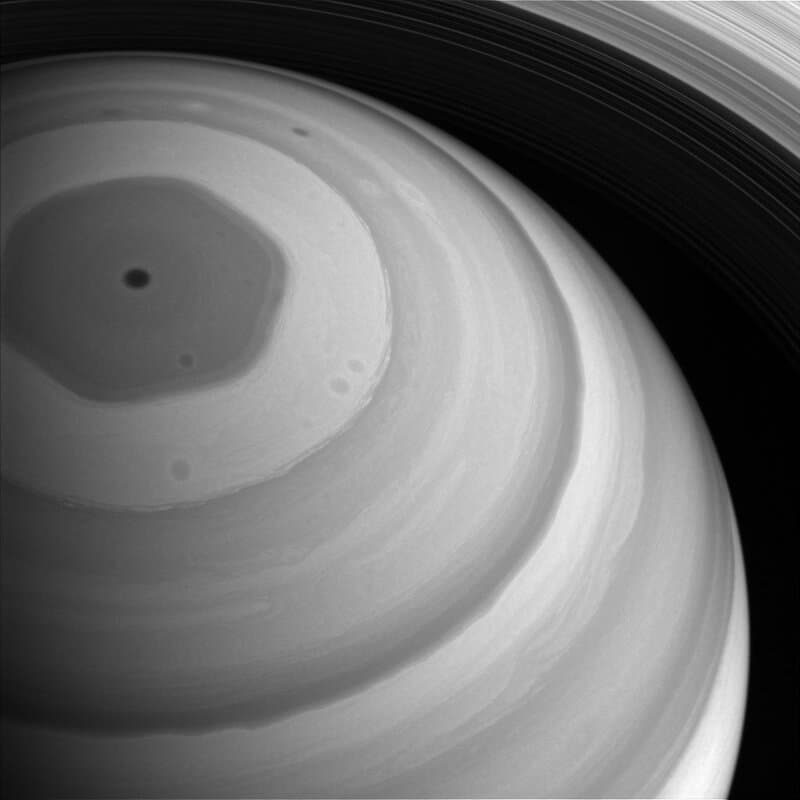
One of Saturn’s most striking features is the giant hexagon swirling around its north pole. First glimpsed by Voyager and later studied in detail by Cassini, this six-sided storm measures about 20,000 miles across. Its sharp, geometric shape is unlike anything seen on Earth’s atmosphere, leaving scientists mystified about its precise origins. The Saturn Hexagon continues to intrigue researchers, as they attempt to unravel the dynamics behind this otherworldly phenomenon.
4. The Great Dark Spot on Neptune
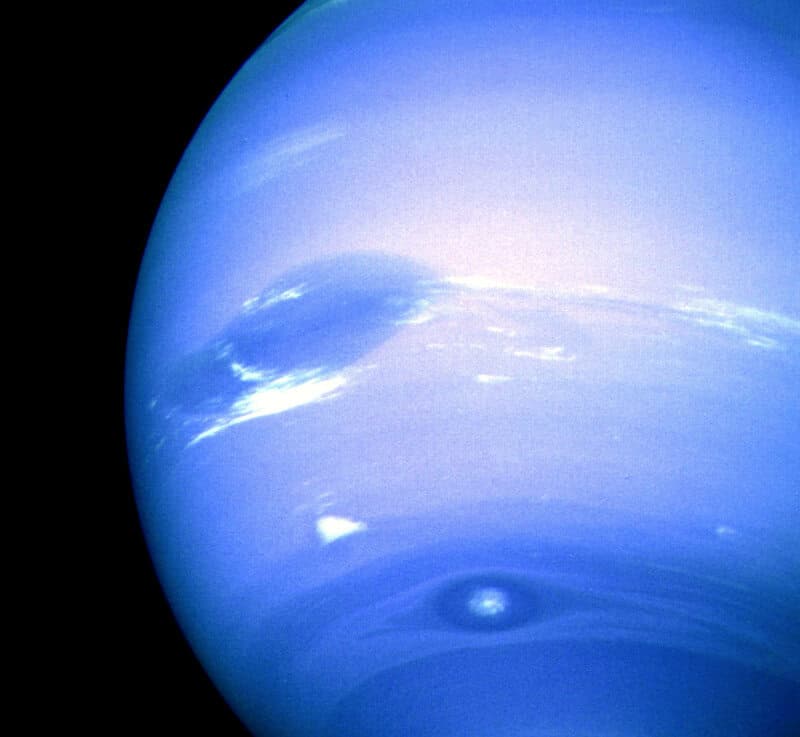
In 1989, NASA’s Voyager 2 spacecraft delivered a surprise from the distant reaches of our solar system—a massive storm swirling across Neptune’s deep-blue atmosphere. Dubbed the Great Dark Spot, this tempest rivaled Jupiter’s Great Red Spot in size, yet its presence on an ice giant astonished scientists. Even more intriguing, the storm vanished years later, only to have similar features reappear elsewhere. This unpredictable behavior continues to challenge our understanding of planetary weather. Read more about the Voyager Neptune discoveries.
5. The ‘Wow!’ Signal’s Near Miss
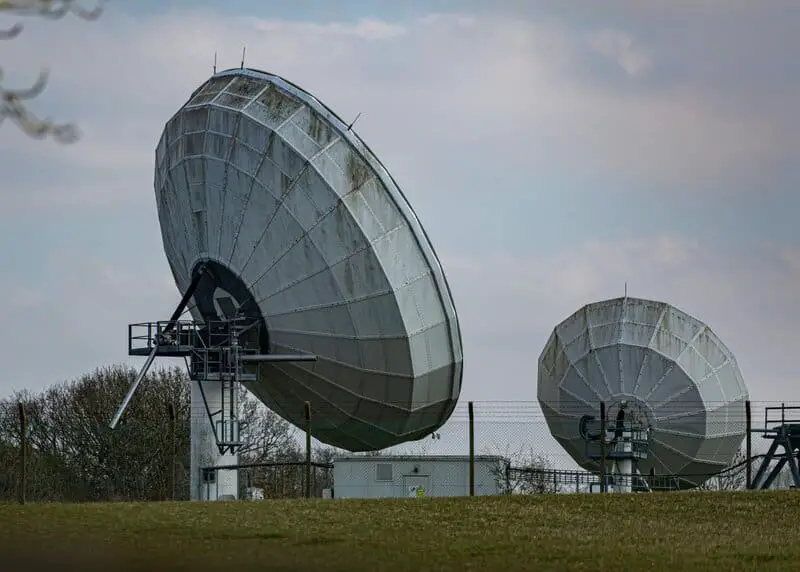
In 1977, the mysterious ‘Wow!’ signal captured astronomers’ imaginations—a strong, unexplained radio burst that hinted at the possibility of alien life. Though NASA didn’t detect the original signal, the agency has since joined the search for similar anomalies, supporting efforts to monitor deep space for unusual broadcasts. The ongoing pursuit of signals like ‘Wow!’ drives SETI research, keeping the hope of discovering intelligent life alive. Learn more at the SETI Institute.
6. The Blueberries of Mars

While exploring the Martian surface, NASA’s Opportunity rover stumbled upon tiny, round mineral spheres scattered across the ground. Nicknamed “blueberries” for their shape and appearance, these spherules are rich in hematite—a mineral often formed in water. This unexpected find provided compelling evidence that liquid water once flowed on Mars, reshaping our understanding of the planet’s ancient environment. The blueberries remain one of the most iconic discoveries from the Mars Exploration Rover mission. Discover more about Opportunity’s findings.
7. The ‘Pillars of Creation’

In 1995, the Hubble Space Telescope stunned the world by capturing the breathtaking ‘Pillars of Creation’ within the Eagle Nebula. These immense columns of gas and dust stretch light-years across, forming a cosmic nursery where new stars are born. Astronomers were surprised by the intricate detail and active star formation revealed in the image. The ‘Pillars of Creation’ quickly became an icon of space exploration, inspiring both scientists and the public alike. See the legendary view at Hubble’s Pillars of Creation.
8. The Oort Cloud’s Mysterious Visitors
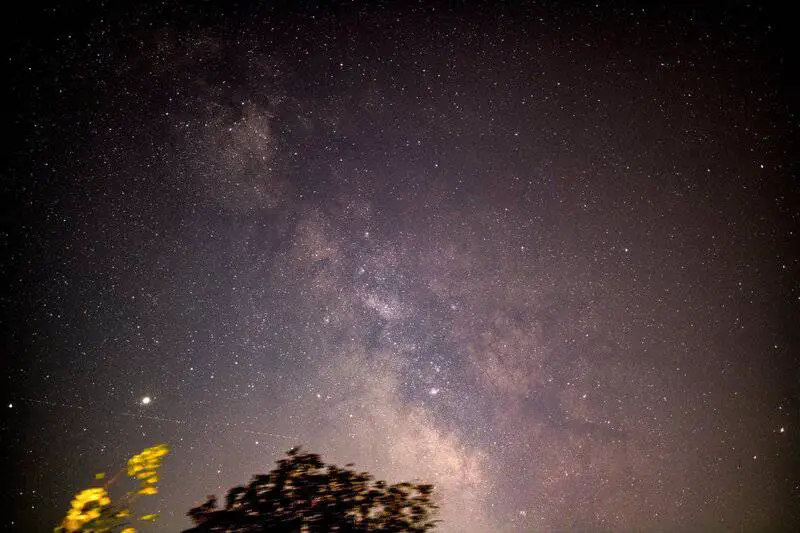
NASA’s powerful telescopes have spotted rare, interstellar objects passing through our solar system—most famously, ‘Oumuamua in 2017. Unlike typical comets or asteroids, these cosmic wanderers originated far beyond our solar neighborhood, possibly from the Oort Cloud or even more distant realms. Their unexpected appearance challenges scientists to rethink how our solar system formed and interacts with the broader galaxy. Read more about these mysterious visitors at NASA Oumuamua.
9. The Unexpected Rings of Chariklo
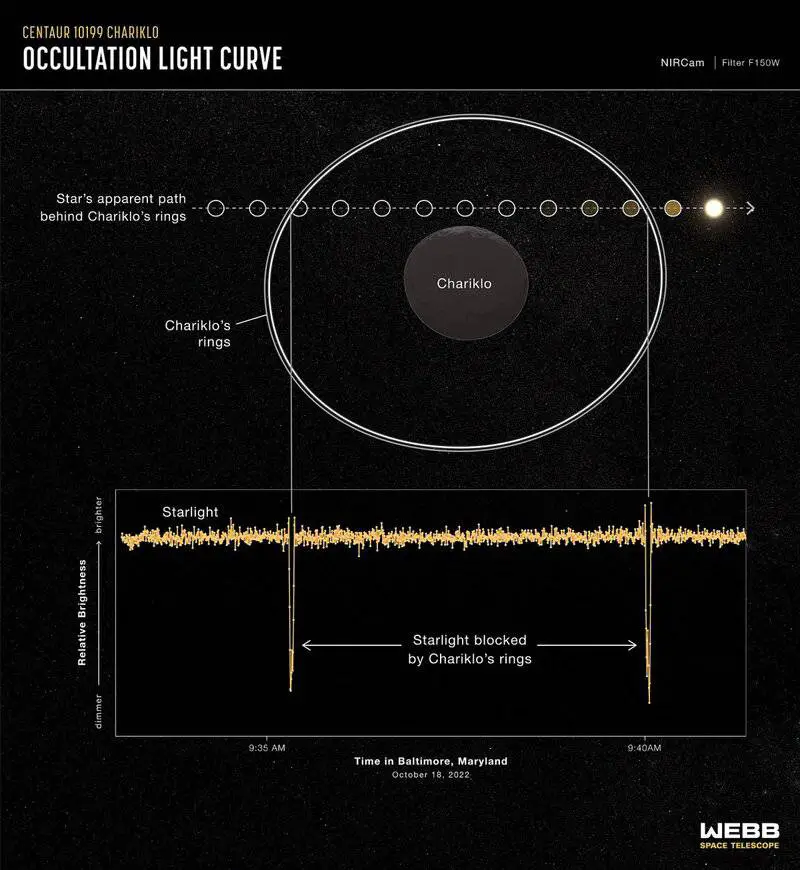
In a surprising twist, astronomers using NASA’s Spitzer Space Telescope data discovered that Chariklo, a minor planet orbiting between Saturn and Uranus, possesses its own system of rings. This 2014 find marked the first time rings had been observed around such a small celestial body. The presence of these delicate bands forced scientists to reconsider how and where rings can form in the solar system. Learn more about this discovery at NASA Chariklo.
10. Jupiter’s X-ray Auroras
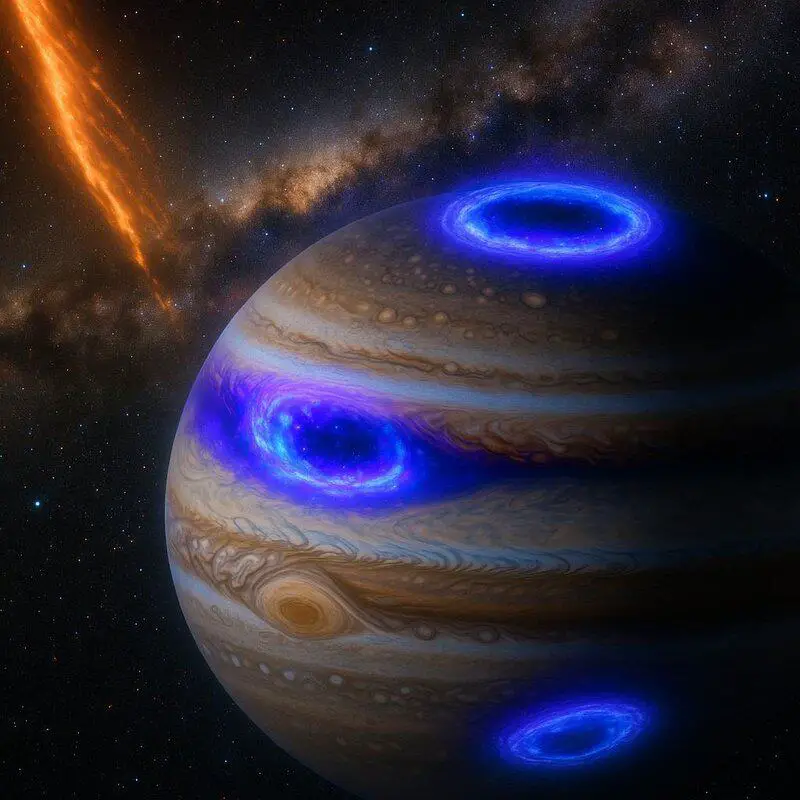
The Chandra X-ray Observatory surprised scientists by detecting intense X-ray auroras at Jupiter’s poles—far more powerful than Earth’s northern or southern lights. These dazzling displays revealed complex interactions between Jupiter’s magnetic field and charged particles streaming from the sun. The discovery offered a fresh perspective on how planetary magnetic environments shape atmospheric phenomena. Dive deeper into the science of Jupiter’s X-ray auroras and what they reveal about our solar system.
11. Pluto’s Heart-Shaped Glacier
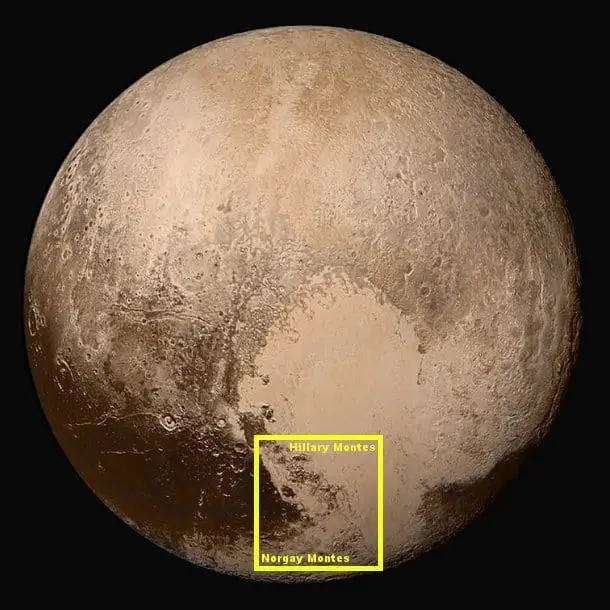
When NASA’s New Horizons spacecraft flew past Pluto in 2015, it revealed a massive, heart-shaped glacier called Sputnik Planitia. This icy expanse stunned scientists with its smooth, uncratered surface, indicating recent geological activity and surprisingly dynamic processes on this distant world. The discovery of such a young, active region on Pluto reshaped ideas about what’s possible on small, icy planets. Explore more about this remarkable find at NASA New Horizons Pluto.
12. The Loneliest Galaxy: NGC 6503
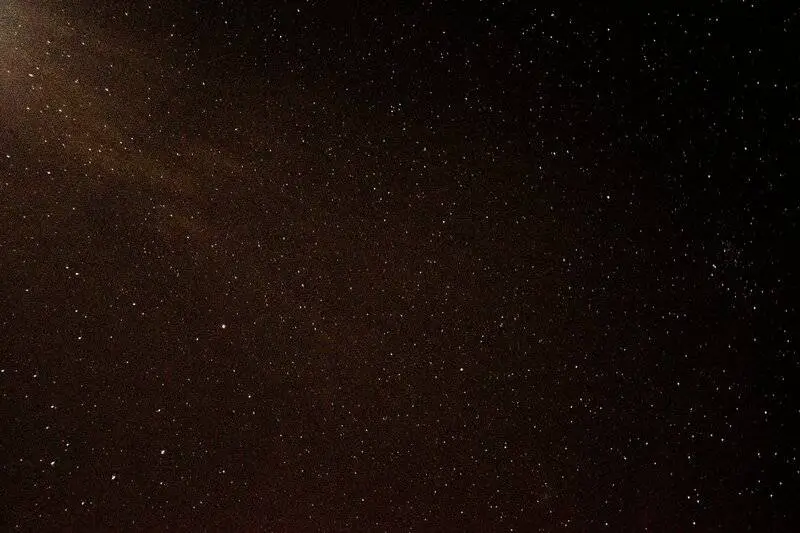
NASA’s Hubble Space Telescope turned its gaze toward NGC 6503, a galaxy adrift in a vast cosmic void. Unlike most galaxies, which cluster together in groups, NGC 6503 is strikingly alone, sitting on the edge of an immense empty region. Its isolation and unique structure defy what astronomers expect from galaxy formation and evolution, prompting new questions about how galaxies grow in different environments. See this solitary galaxy at Hubble NGC 6503.
13. The Phoenix Mars Lander’s Icy Surprise
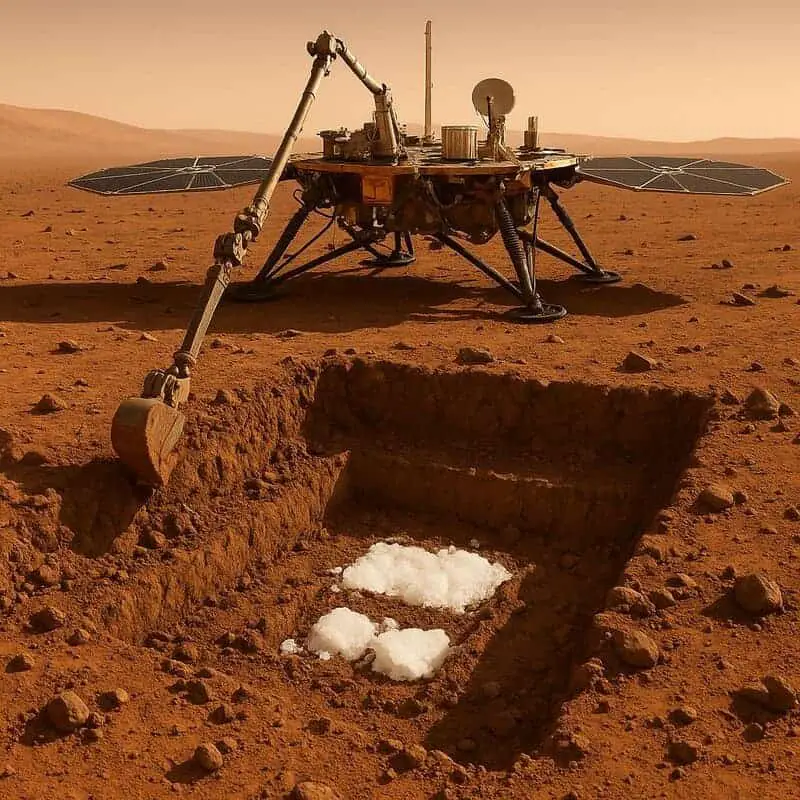
In 2008, NASA’s Phoenix Mars Lander delivered a breakthrough discovery by digging into the Martian soil and revealing bright chunks of pure water ice just beneath the surface. This find provided direct confirmation of long-held theories about the Red Planet’s frozen water reserves. The presence of accessible water ice has enormous implications for future Mars exploration and the prospects for past or present life. Read more about this icy revelation at NASA Phoenix Lander.
14. The Fermi Bubbles
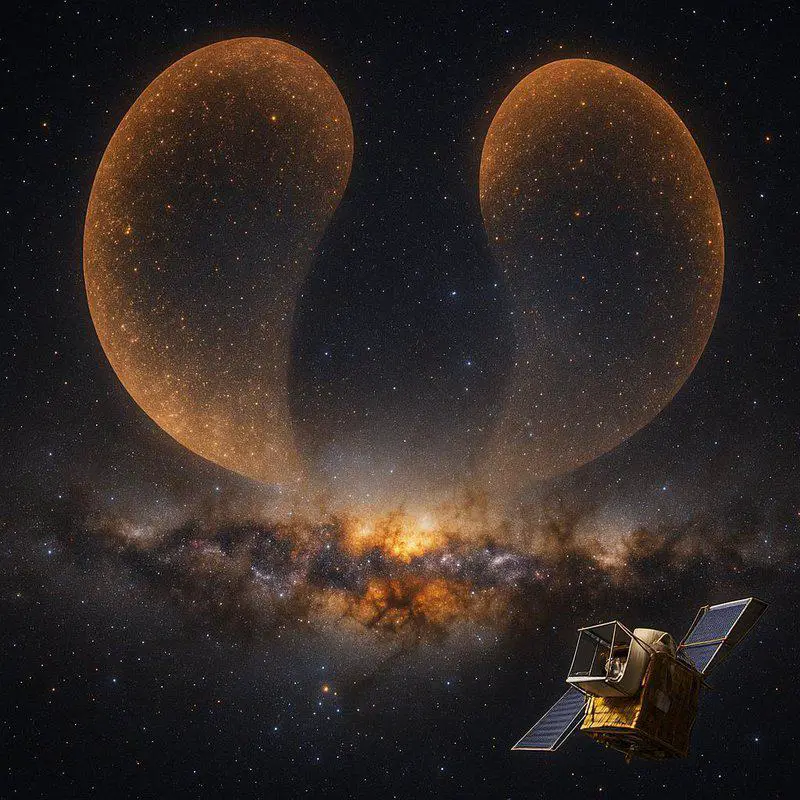
NASA’s Fermi Gamma-ray Space Telescope revealed a truly unexpected cosmic structure: two vast, balloon-like bubbles of high-energy radiation billowing from the heart of our Milky Way galaxy. Each bubble stretches about 25,000 light-years, dwarfing our solar system and raising major questions about their formation. Scientists still debate their origin, suggesting everything from ancient black hole eruptions to powerful bursts of star formation. Explore the ongoing mystery of the Fermi Bubbles and what they might reveal about our galactic core.
15. The Pale Blue Dot
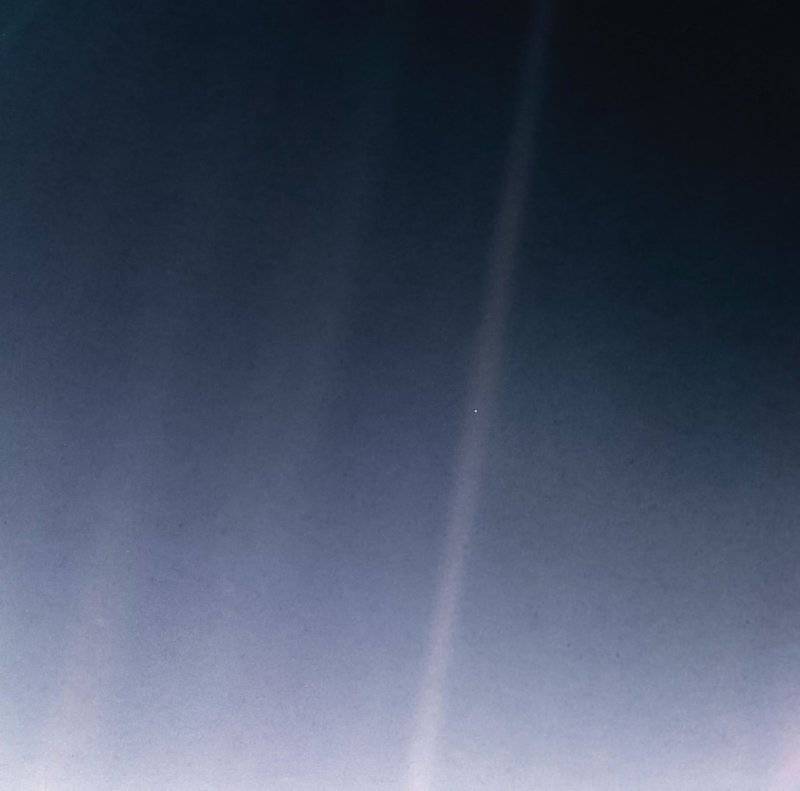
At NASA’s request, Voyager 1 turned its camera back toward home in 1990, capturing the iconic ‘Pale Blue Dot’ image. Earth appears as a tiny speck suspended in a sunbeam, underscoring just how small and fragile our world is amid the cosmic vastness. This humbling photo unexpectedly shifted perspectives, inspiring reflection about our place in the universe. View the legendary image at Pale Blue Dot.
Conclusion

Space is far from predictable, and NASA’s discoveries prove that the universe still holds countless secrets. Whether it’s enigmatic signals, bizarre weather patterns, or glimpses of our fragile world, these moments of surprise challenge our assumptions and spark new questions. Each unexpected find not only fuels scientific advancement but also inspires curiosity in us all. As NASA continues to explore, there’s no telling what wonders await just beyond our view. Stay curious—our greatest cosmic discoveries may still be ahead.
.article-content-img img { width: 100% }

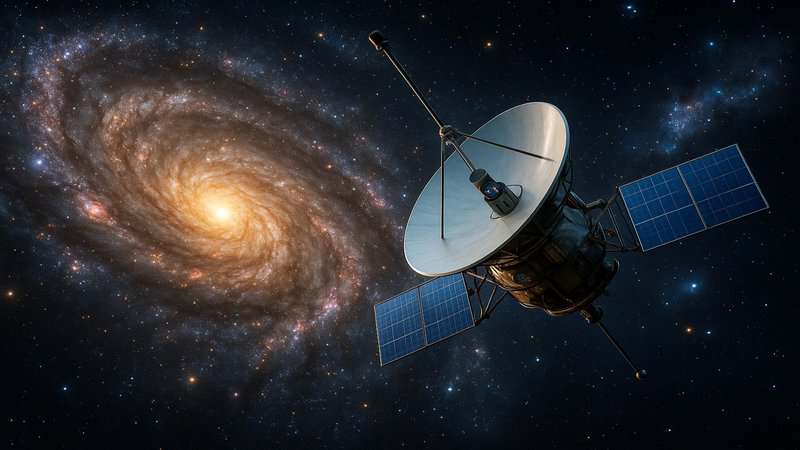

Vielleicht interessiert es Sie:
Wussten Sie! Minensuchratten auf dem Schlachtfeld und sie sind super effektiv!
Wie viele Giraffenarten gibt es? Leben sie alle in Afrika?
Der Vogel ist das Weibchen der Vögel: wahr oder falsch?
Warum bauen Biber Dämme? Welchen Nutzen?
Warum leben manche Tiere nachtaktiv? Welche Vorteile?
Küssen Tiere? Ist das die gleiche Bedeutung wie Menschen?
200+ Hilarious Seahorse Jokes That Will Make You Smile and Giggle
200+ Funny Investment Jokes to Boost Your Financial Humor Game